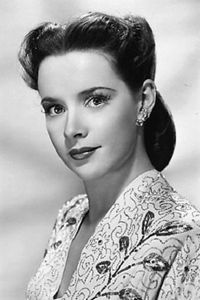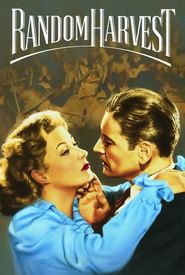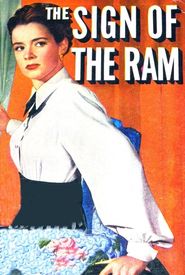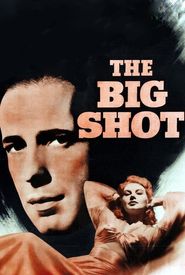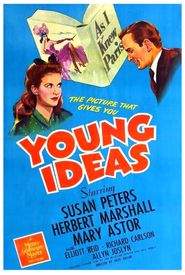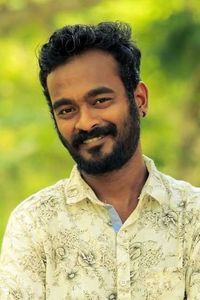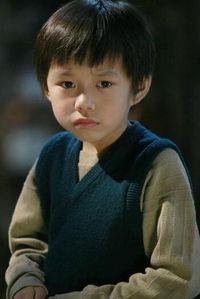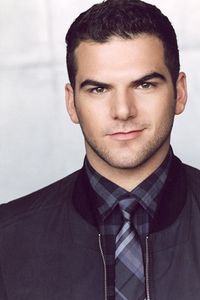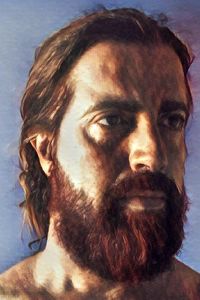Here is the biography of Susan Peters:
Susan Peters was a rising star in the 1940s, born Suzanne Carnahan on July 3, 1921, in Spokane, Washington. She was the eldest of two children, and her father, Robert, a construction engineer, was killed in an automobile accident in 1928. The family relocated to Los Angeles to live with Susan's grandmother.
Susan attended various schools, excelled in athletics, and studied drama in her senior year at Hollywood High School, where she was spotted by a talent scout. She enrolled at Max Reinhardt's School of Dramatic Arts and was soon signed to Warner Bros. in 1940.
Making her debut as an extra in "Susan and God" (1940),Susan saw little progress and eventually became frustrated with the many bit parts she was given. She was dropped by Warners and signed with MGM, where she adopted the stage name Susan Peters.
Susan's breakthrough role came in "The Big Shot" (1942),where she was fourth-billed and had the second female lead. She met actor Richard Quine on the set, and the couple married in 1943.
Susan earned an Academy Award nomination for "Best Supporting Actress" for her role in "Random Harvest" (1942). She continued to offer fine work in lesser movies, including "Assignment in Brittany" (1943),"Young Ideas" (1943),and "Song of Russia" (1944).
Tragedy struck when Susan was accidentally shot on a New Year's Day duck-hunting trip in 1945, leaving her permanently paralyzed from the waist down. Despite her disability, Susan valiantly continued to work on radio and in stage productions.
Susan and Richard Quine adopted a son, Timothy Richard, in 1946, but divorced two years later. She made a film "comeback" with "The Sign of the Ram" (1948),but audiences were not receptive.
Susan turned to the stage, touring with productions of "The Glass Menagerie" and "The Barretts of Wimpole Street". She also appeared in the TV series "Miss Susan" (1951),but the show was cancelled after one season.
Susan's health declined due to chronic pain, kidney problems, and pneumonia. She died on October 23, 1952, at the age of 31, due to kidney failure and starvation, prompted by anorexia nervosa.
